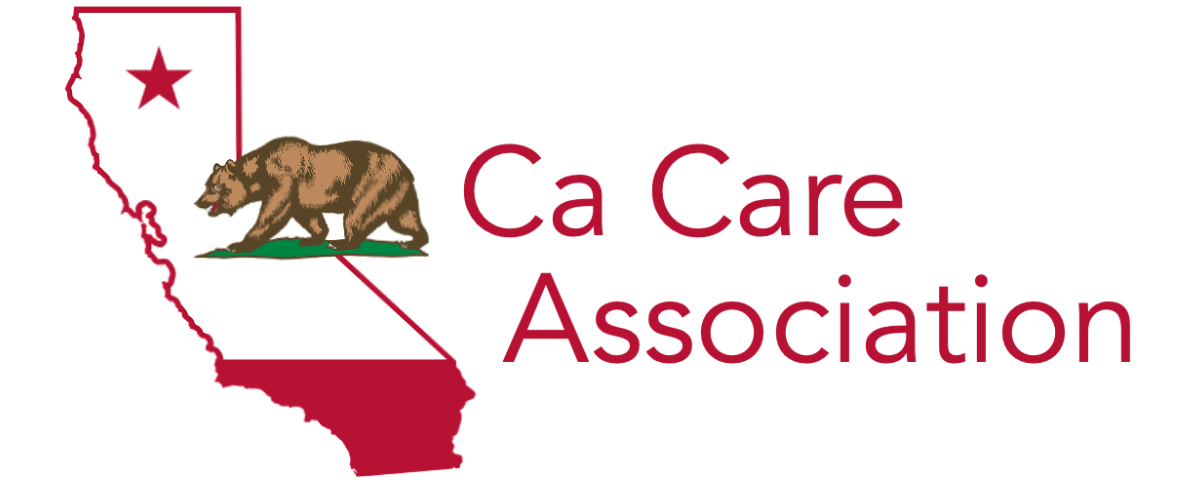Individual Choices of Service and Support in HCBS
HCBS provides a framework that emphasizes the right of individuals to select the specific services and supports that best align with their unique needs, preferences, and goals. This rule aims to ensure that individuals have a voice in shaping their care, fostering autonomy, and promoting person-centered approaches to service delivery. By giving residents the power to choose, HCBS empowers them to live life on their own terms and facilitates the provision of customized and meaningful support.
Who Are Service And Support Providers?
A Community Service Provider, also known as "SP," is a for-profit or not-for-profit provider of direct support services. Community Support Provider, also known as "CSP," is a nonprofit provider of direct support services.
Choice of staff
The Independence Association is mindful that everyone should have a choice in the direct support provider they get.
Individuals will be involved in hiring new staff by letting the respective program managers know what qualities they are looking for in candidates, and those managers will take those qualities into account while conducting interviews.
The Community Supports Stakeholder Committee, and the Residential Council will be used to receive input.
After being hired, a staff person will formally present themselves to the members of the relevant program.
Program managers will incorporate a program.
HCBS Quality Framework Focus Ideas
Participant-Centered Service Planning and Delivery Desired Outcome: Services and support are organized and successfully carried out by each participant's specific requirements, expressed preferences, and decisions on their life in the community.
Assessment Desired Outcome: Detailed data about each participant's preferences and personal objectives, requirements and abilities, health status, and other available supports are obtained and used to develop a tailored treatment plan.
Participant Decision-Making Desired Outcome: Participants can choose among service alternatives with information and support.
Free Choice of Providers Desired Outcome: Participants can freely choose a qualified provider with the help of information and support.
Service Plan Desired Outcome: According to each participant's expressed personal preferences and goals, the plan completely takes care of their needs for HCBS, healthcare, and other services.
Participant Direction Desired Outcome: Each participant's plan fully addresses their identified need for HCBS, health care, and other services following their specified personal preferences and goals.
Ongoing Service and Support Coordination Desired Outcome: Participants have continual access to help to obtain and coordinate services and promptly address problems encountered while living in the community
Service Provision Desired Outcome: Services are provided by the participant's plan.
Ongoing Monitoring Desired Outcome: Regular, systematic, and objective methods are used to monitor the individual's well-being, health status, and the effectiveness of HCBS in helping the individual achieve their individual goals. These methods may include asking the participant for feedback
Responsiveness to Changing Needs to Desired Outcome: The participant's plan is promptly modified if there are major changes to their needs or circumstances.
Transitions between mainstream and disability-related services
Depending on their preferences, requirements, and abilities, each person is assisted in transitioning between mainstream services and disability-related services.
A service that meets this standard will likely have the following characteristics:
Together with the person, service providers create a transition plan that addresses the requirements of the person during the transition.
To help each person make a final decision on the transition, they are allowed to test out a new environment following their preferences.
When clients move between and within services, service providers actively collaborate with other mainstream and disability service providers.
Service providers exchange data in a timely and suitable manner, following the person's requests and applicable data protection laws to help with seamless transitions.
Service providers collaborate with the client to plan the necessary transitional support. These may consist of staff and family support.
Conclusion
Home and Community-Based Services (HCBS) recognizes the fundamental right of individuals to make choices regarding their services and supports. The HCBS Setting Requirements Final Rule ensures that participants in Medicaid's HCBS waiver programs have access to services in the most integrated setting, enabling them to fully engage in community living. Through this rule, individuals are empowered to select their service providers, actively participate in the decision-making processes, and shape their personalized service plans according to their unique preferences and goals
HCBS has other Federal Settings Rules made to make the lives of individuals better in their chosen care setting. These rules are essential to know to provide the highest quality of care and support to individuals receiving HCBS
Read more about the different HCBS rules in Ca Care Association’s Care News Section
https://www.cacareassociation.org/news-and-resources/news
Click the link below to join Ca Care’s Membership and enjoy the benefits


